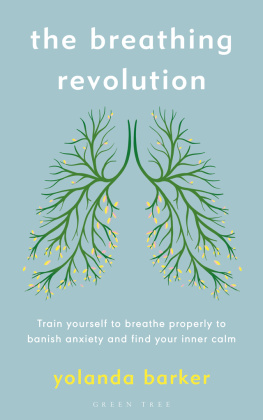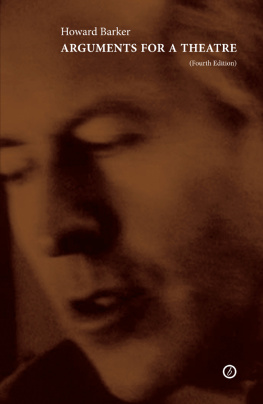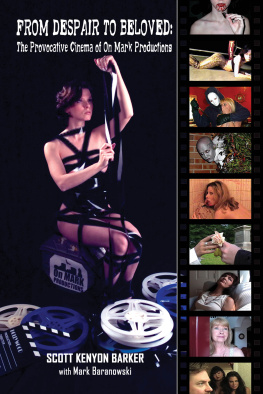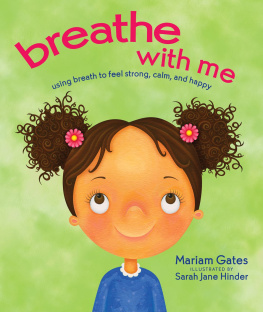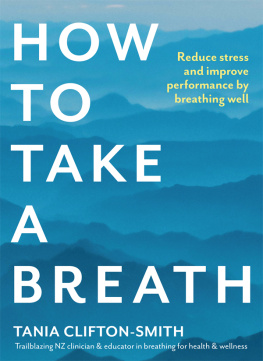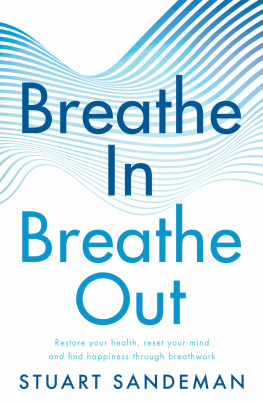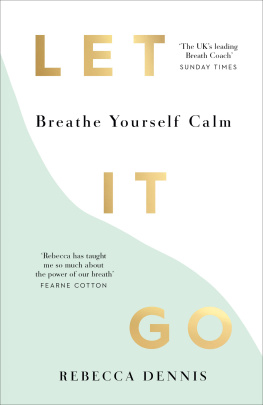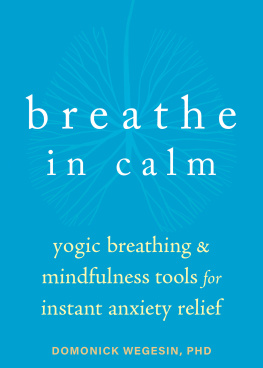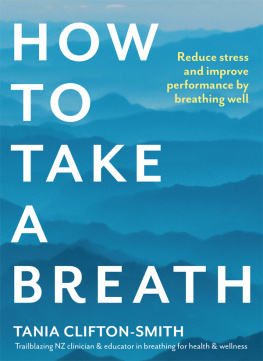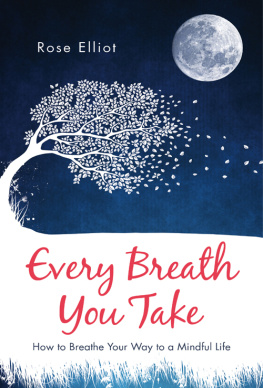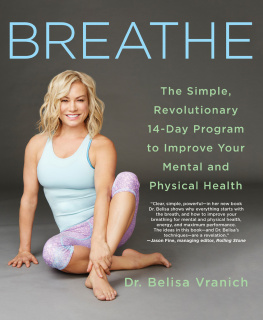Dedication
To Gosia and Michael, for always being there.

GREEN TREE
Bloomsbury Publishing Plc
50 Bedford Square, London, WC1B 3DP, UK
29 Earlsfort Terrace, Dublin 2, Ireland
This electronic edition published in 2021 by Bloomsbury Publishing Plc
BLOOMSBURY, GREEN TREE and the Green Tree logo are trademarks of Bloomsbury Publishing Plc
First published in Great Britain 2021
Copyright Yolanda Barker, 2021
Yolanda Barker has asserted her right under the Copyright, Designs and Patents Act, 1988, to be identified as Author of this work
For legal purposes the constitute an extension of this copyright page
All rights reserved
You may not copy, distribute, transmit, reproduce or otherwise make available this publication (or any part of it) in any form, or by any means (including without limitation electronic, digital, optical, mechanical, photocopying, printing, recording or otherwise), without the prior written permission of the publisher. Any person who does any unauthorised act in relation to this publication may be liable to criminal prosecution and civil claims for damages.
Bloomsbury Publishing Plc does not have any control over, or responsibility for, any third-party websites referred to or in this book. All internet addresses given in this book were correct at the time of going to press. The author and publisher regret any inconvenience caused if addresses have changed or sites have ceased to exist, but can accept no responsibility for any such changes
A catalogue record for this book is available from the British Library
Library of Congress Cataloguing-in-Publication data has been applied for
ISBN: 978-1-4729-4859-5 (PB)
ISBN: 978-1-4729-4858-8 (eBook)
ISBN: 978-1-4729-4856-4 (ePDF)
To find out more about our authors and their books please visit www.bloomsbury.com where you will find extracts, author interviews and details of forthcoming events, and to be the first to hear about latest releases and special offers, sign up for our newsletters.
Notes: If you are pregnant, or if you have any illnesses (particularly relating to the heart or lungs), then its very important that you consult with a specialist respiratory physiotherapist before attempting these exercises.
If you suffer from depression, anxiety, or post-traumatic stress disorder, please note that breathwork can only help as part of a multi-faceted healing approach.
The names of the participants in my breathing trials have been changed.
All of the scientific studies are referenced at the end of the book in the References section.
Contents
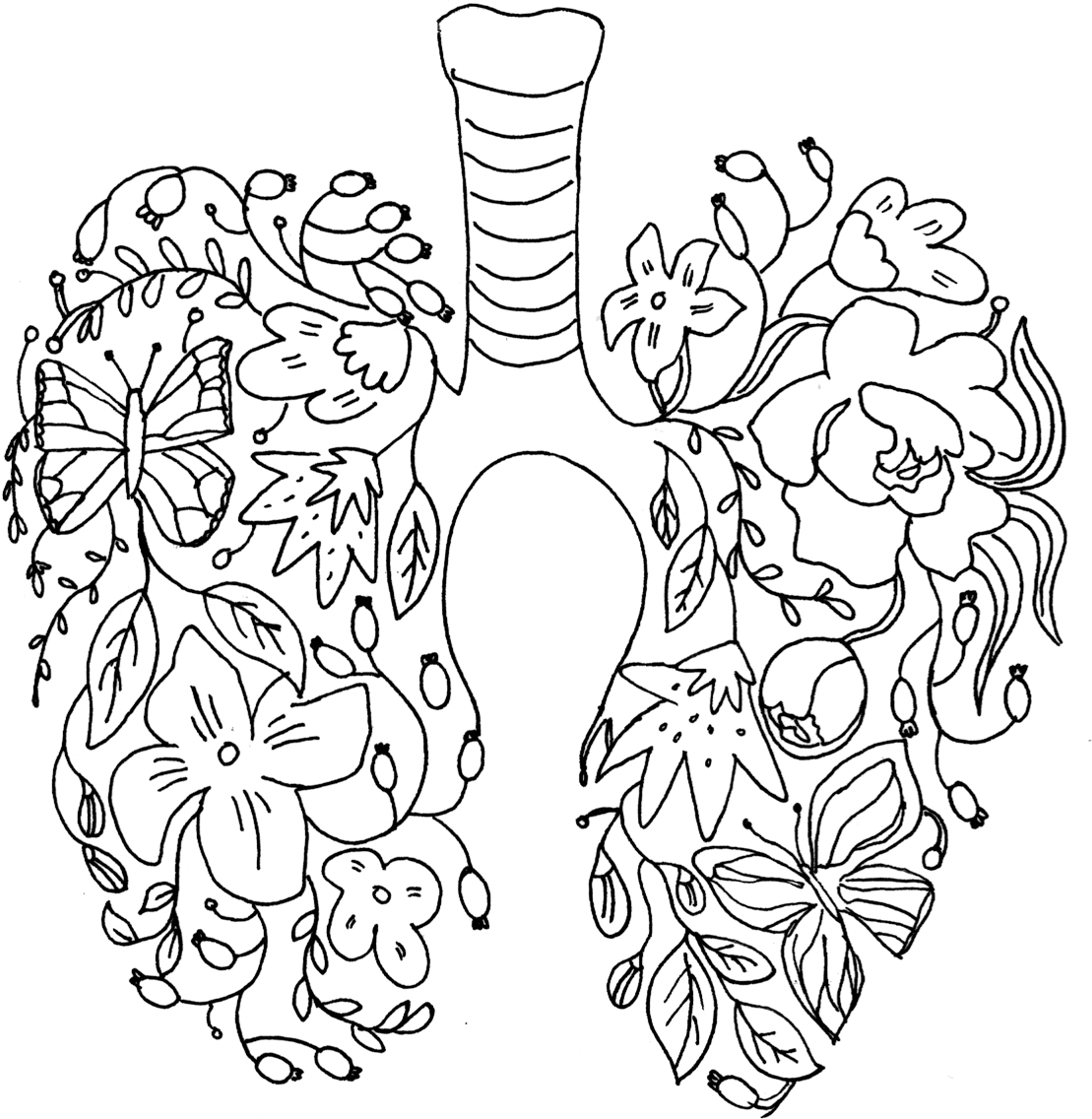

I sat on the floor cushion, ready to meditate. It was 2015, and this retreat was my last-ditch effort to sort out my life.
A lifelong battle with anxiety and depression had brought me here. Id spent the last decade trying to heal. I had tried everything: psychotherapy, meditation, acupuncture, spirituality, yoga, gratitude lists, setting goals, establishing routines, travelling to India, intermittent fasting, biohacking, veganism, low-carb dieting and becoming a mini-expert on nutrition and exercise.
Id hit a wall. I was jaded, and losing hope.
I closed my eyes and focused on my breath; gradually drifting into a deeper layer of my mind a vivid space between wakefulness and sleep. I sank further ... and then, I heard something. Words, strung into a sentence, in a voice that sounded like my own. Over and over again, it said, The breath is the only thing thats real.
Imagine youd lived your whole life with your eyes closed and, one day, you could suddenly see. Thats how I felt. Id discovered a new sense, a new source of light, a gift.
I breathed slowly and mindfully, like I was drinking the air. Kinesthetic peace ran through me. I felt intimately connected to myself, and yet everything was spacious, and vast.
As my breath flowed in and out of my body, I noticed it moved with a rhythm I wasnt controlling. It pulsed with a life of its own. I wasnt breathing. My breath was breathing me.
I suddenly realised that this was what all those yoga books had been talking about when they said the breath is life! Breathing wasnt just an unconscious physiological process that kept us alive. It was consciousness inhabiting the body.
It was the only thing that was real.
Okay, I know some of you will think thats woo-woo! Spiritual experiences are like dreams: deeply personal and impossible to convey with words.
So let me try this another way. For a moment, pay attention to your breathing. Close your eyes, and just notice how each breath rises and falls, up and down, like waves in the sea.
In my meditation, I went underwater, and connected to what created the waves. I discovered the heartbeat of the ocean.
After the retreat, I carried this new breath awareness into my daily life. I breathed more slowly and consciously. Quite quickly, I noticed a change. This new breathing style blunted my anxiety, lifted my mood and gave me more energy. I felt stable, strong and flexible. Id stumbled on to something incredible.
How ironic that Id been doing breath-based practices for years. I meditated and was a yoga teacher. But Id completely missed the point.
The ancient yogis developed yoga: a system of eight practices, including breath-based postures (asanas) and breathing exercises (pranayama). Pranayama was said to be the fastest path to enlightenment: peace, bliss and wisdom.
My mission was clear. What was so special about the breath? What did these yogis know that we didnt?
I threw myself into research. I devoured books about yoga and pranayama. I investigated Western styles of breathing. I read scientific studies that were more Latin than English. I spoke to yoga teachers, psychologists, scientists, physiologists, neuroscientists, breathing experts and respiratory physiotherapists. I researched mental health and trauma. I even did a freediving course.
Everything pointed to this: the breath is a physiological skeleton key. The way you breathe affects your body, mind and emotions largely because of its connection to the nervous system and the stress response.
Through this process, I learned about my own breathing. In sessions with a respiratory physiotherapist, in daily practice and in research, I discovered a profound link between my breathing pattern and my mental health.
What I found out changed how I taught yoga. My classes transformed from acrobatic and physically demanding workouts, to deliberate, strong, breath-centred movement. I no longer told people to breathe I taught them how to breathe.
My students loved the new approach. They said they felt calmer and more connected to themselves after our classes. Many asked if Id recorded anything they could listen to at home. That gave me an idea.
I had a collection of breathing exercises from pranayama and meditation that I regularly used. I was in the process of researching them, hoping to figure out how they worked. Maybe my students could help me. I could make my own recordings and integrate the verbal cues Id developed through teaching yoga. Id enlist people to trial them and then get their feedback.

